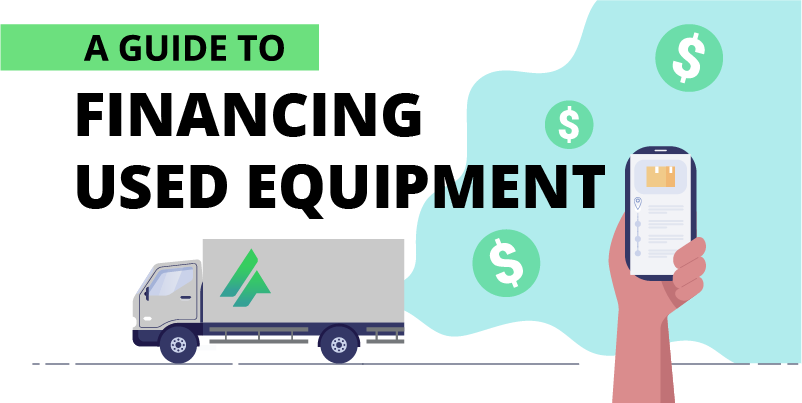
A Guide to Financing Used Equipment
If you’re considering purchasing used equipment for your business, you’ve come to the right place. We understand that acquiring the right equipment is crucial for the growth and success of your operations. Whether you’re looking to expand your fleet or explore a new area of business with essential equipment, financing used equipment can be a smart move. However, it’s essential to navigate this process wisely to ensure a smooth and successful investment.
Understanding the Pros of Financing Used Equipment
Immediate Cost Savings:
- Lower upfront costs compared to purchasing new equipment.
- Financing used equipment allows you to access necessary assets without the hefty price tag associated with new purchases, resulting in immediate cost savings for your business.
Faster Return on Investment (ROI):
- Quicker realization of the investment’s value.
- Used equipment often pays for itself faster, accelerating your return on investment. This expedited ROI positively impacts your overall financial performance.
Proven Performance:
- Historical performance data provides reliability assurance.
- With used equipment, you can analyze past performance records with the previous owner, giving you confidence in its capabilities. Proven performance reduces the risk of unexpected issues, contributing to operational stability.
Depreciation Benefits:
- Slower depreciation compared to new equipment.
- Used equipment tends to depreciate more slowly than new counterparts. This slower depreciation translates to increased asset value over time, preserving your investment.
Lower Insurance Costs:
- Reduced insurance premiums for used equipment.
- Insurance costs are often lower for used equipment, contributing to overall cost-effectiveness. This aspect further enhances the financial attractiveness of financing used assets.
Explore Financing Options
Once you’ve identified the equipment you need, the next step is to explore financing options. AP can structure your terms to match your cash flow, if you’re worried about the slower times of the year.
Ask Tough Questions
It’s important to understand the history of the used equipment you are looking to purchase. Dig deep into the mileage, delve into the maintenance records, and press for details about unexpected repairs. By shedding light on these critical aspects, you shield yourself from future unpleasant surprises. Don’t hesitate to ask about warranty status, the equipment’s insurance history, and its usage background, including previous owners and any leasing history.
Factoring in Additional Costs
Remember, purchasing used equipment involves more than just the initial purchase price. Factor in ongoing costs such as maintenance, insurance, and warranties. These expenses can significantly impact on the overall cost of ownership. It’s essential to have a clear picture of the complete financial commitment.
Post-Purchase Maintenance Tips
To ensure longevity and optimal performance, follow these post-purchase maintenance tips:
- Establish a regular maintenance schedule.
- Keep detailed records of maintenance activities.
- Train your team on proper equipment usage and care.
- Address any issues promptly to prevent further damage.
- Consider extended warranties or maintenance contracts for added peace of mind.
Partnering with AP Equipment Financing
How We Can Help:
- Expert Guidance: Our team provides expert guidance throughout the financing journey, ensuring you make informed decisions.
- Tailored Financing Options: Contact us at (800) 604-4817 or info@apfinancing.com to explore financing options tailored to your business needs.
- Application Link: Start your application here.
